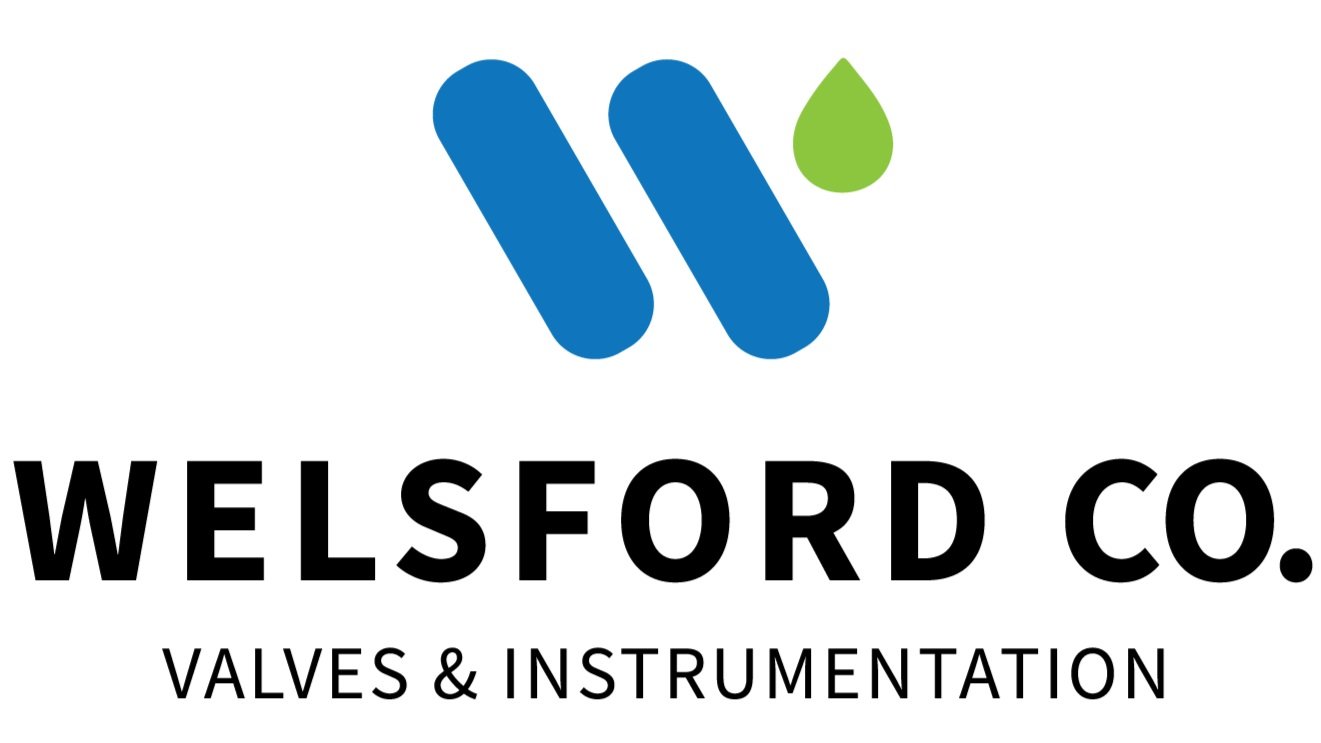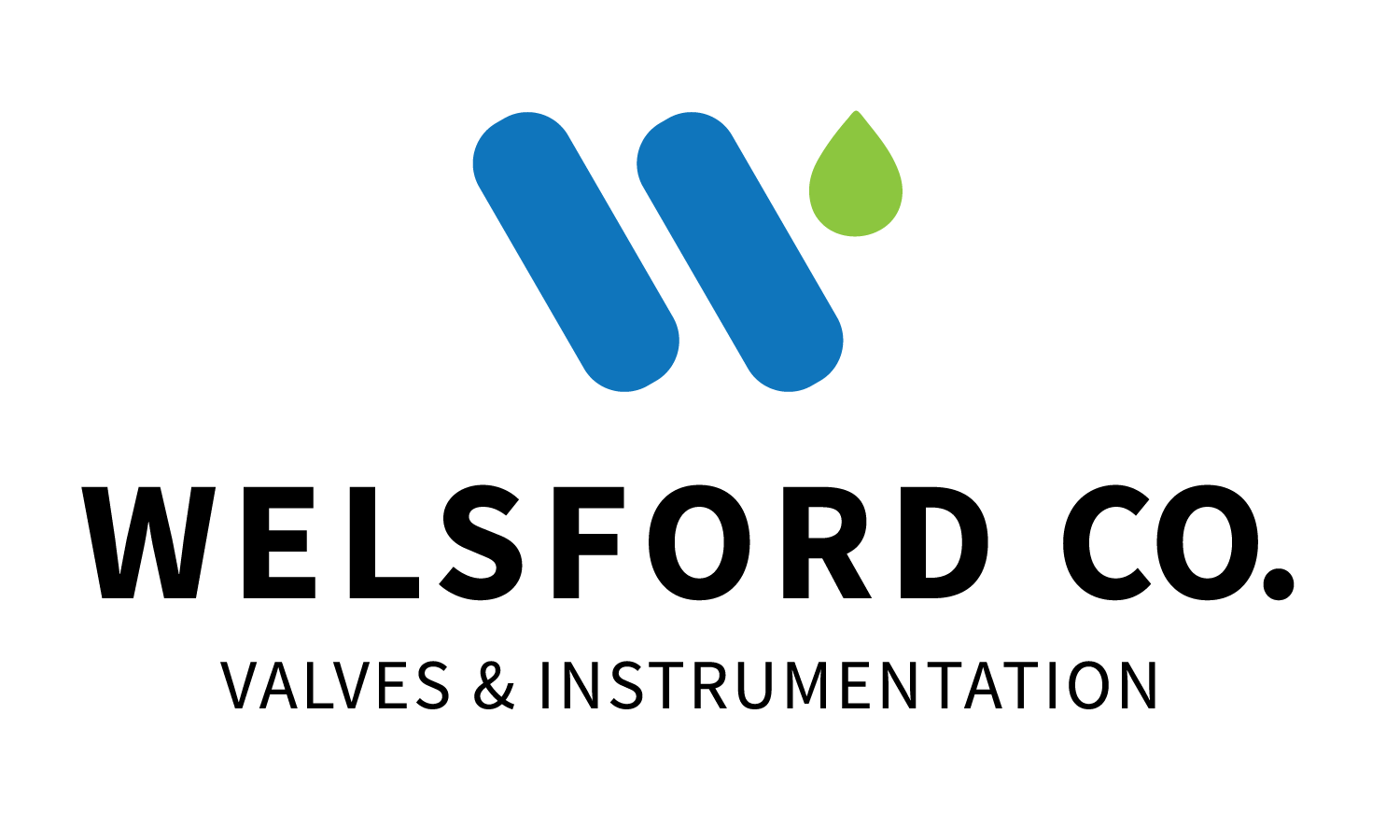Filling the Gap of Retiring Workforce in the Valve Industry
As the experienced baby boomers in the valve industry retire at 62 years old on average, the big question remains who will fill the gap they are leaving? There is a shrinking number of people joining the industry and with the large number of people exiting the industry, there is an imminent problem of lack of employees in the valve sector. This is despite one report showing an expected compound annual growth rate (CAGR) of 4.4% from 2021-2026 in the industrial valve industry, translating to a value of $90.5 billion in 2026.
The most likely successors to the retiring workforce will come from Generation X, or those born after the baby boomers, often cited as between 1965 to 1980. Right behind Gen X is the millennial generation, or Gen Y, which is a much larger group in terms of numbers and potential influence on the workforce. However, the needs of Gen Xers, millennials and those of baby boomers in the workplace are very different, and their expectations of work may also be very different. Regardless of the “generation” any one person is in, the specific knowledge that needs to be transferred between current and new workers is huge.
To help address this, the Valve Manufacturers Association, which is comprised of manufacturers, distributors and suppliers in the U.S. and Canadian industrial valve industry, recently identified workforce issues as a strategic priority.
While there has been much written on this subject, and even in VALVE Magazine as recently as our Fall 2022 issue, we wanted to hear directly from some Gen Xers who are working in our industry. For this issue, we spoke with Gilbert and Jason Welsford, two brothers in the industry who are both self-proclaimed as “young and hungry” and passionate about the valve industry to get their perspectives on how to plan for this shift in the workplace.
Q: What do you think is the first thing that companies need to do to prepare the next generation for the valve sector?
A: The first thing companies need to think about is a comprehensive training and modern talent acquisition strategy. Due to cost constraints, companies will rarely invest in training new employees before their predecessors retire, and they may need to look outside their company for the proper training. Consider collaborating directly with supplier manufacturers and certification bodies like ASME that train end-user workers on their products so the employees you will recruit have the necessary skills. (VMA also offers a wide variety of training opportunities for both members and non-members, from webinars to hands-on workshops and events.)
Be sure to leave enough time for internal training programs for your baby boomers to adequately train incoming employees so that you maintain healthy profit margins. Internal training decreases unnecessary mistakes and shortens the learning curve. We recommend trying to allow for one to three years for internal training programs, meaning hire new employees to train under the outgoing retirees years before that group retires.
There is now a very high demand and low supply of skilled entry-level workers in the valve sector, so this requires looking for other ways of finding qualified employees. Consider working with the trade schools in your region to develop specific curriculums that prepare students for your industry.
Q: What about recruiting from trade schools or community colleges?
A: Local trade schools or community colleges could be a good fit, depending on your business, but unfortunately, a trade school will not offer as many classes for real-life skills and specific knowledge that employees may need to hit the ground running in the valve industry. Thus, there is a disconnect between your company’s needs and the third-party “classroom” training your employees will often possess. This means hands-on training within your business will be the key to success for a new hire from a trade school or community college. Identifying quality new employees and training them on all aspects of equipment and processes within the shortest possible time by retiring baby boomers will be key to long-term business success.
Q: Do you have any other suggestions for unique ways to attract younger employees?
A: Having a work-study program may sound like a waste of company cash. Nonetheless, extending financial aid or tuition reimbursement to students in exchange for them to work in your company is one of the best investments you will make. The program will allow students to hone their skills in the valve sector for your company, while gaining valuable experience. With a work-study program, your company and the students benefit. The student is almost assured of a job after studying, and your company will get a well-rounded employee without spending resources on advertising, interviews and pre-employment assessments.
Q: What kinds of workplace culture are Gen X employees seeking?
A: Gen X employees are motivated by autonomy, meaning they expect some level of independence. They are hard-working, self directed and resourceful, so you can be sure most Gen Xers can adequately handle their work with minimal supervision. Companies must have flexible work schedules to attract and retain Gen X employees. For instance, you can allow remote work when possible and measure employee performance based on results rather than work hours. COVID has only accelerated this expectation in recent years. The search for “remote work” on Google has only continued to climb through and after the pandemic; meaning, that what was once a trend is now commonplace and is certainly here to stay.
Q: How can companies avoid brain drain and years of knowledge leaving with their retirees?
A: To ensure that less knowledge will be lost, you can create a central repository of the knowledge that the baby boomers in your company possess. This repository can include resources like “types of valves” that helps employees handle their tasks or general information like saving money for retirement or growing their personal skills for advancement in their careers. Though technology has changed how most jobs are handled, there is still a lot that Gen Xers can learn from baby boomers on how to deal with different issues and how to handle certain valve applications. This repository can be created on an intranet, or even just as a wiki or running document on a Teams site, or housed on a server. It must be strategically created and be easily accessible to both the outgoing and incoming employees, and easy to use. Consider breaking it up into different sections and adding keywords or tags to make it more searchable and user-friendly.
Q: Any other advice on how to make the transition successful?
A: In most cases, work in the valve sector is handled by teams comprising experts in different aspects. When creating work teams for your company, draw members from different generations. This is an excellent method of training Gen Xers to take over from baby boomers without dealing with an expertise gap through hands-on training. Though it may be hard to accurately assess and understand the differences between these generations, aim to create an environment that allows their different expectations, working styles and values to co-exist peacefully.
In the end, the above strategies are not one-off approaches to confirm you have the “right” employees to take over from retiring workers. They should be a part of your overall human resource strategy to ensure you never run out of competent workers to take over from retiring employees. This guarantees constant profits and no time wasted looking for and training new employees to take over from the retiring baby boomers. You can also work with expert human resource companies or placement firms to find the best employees.

